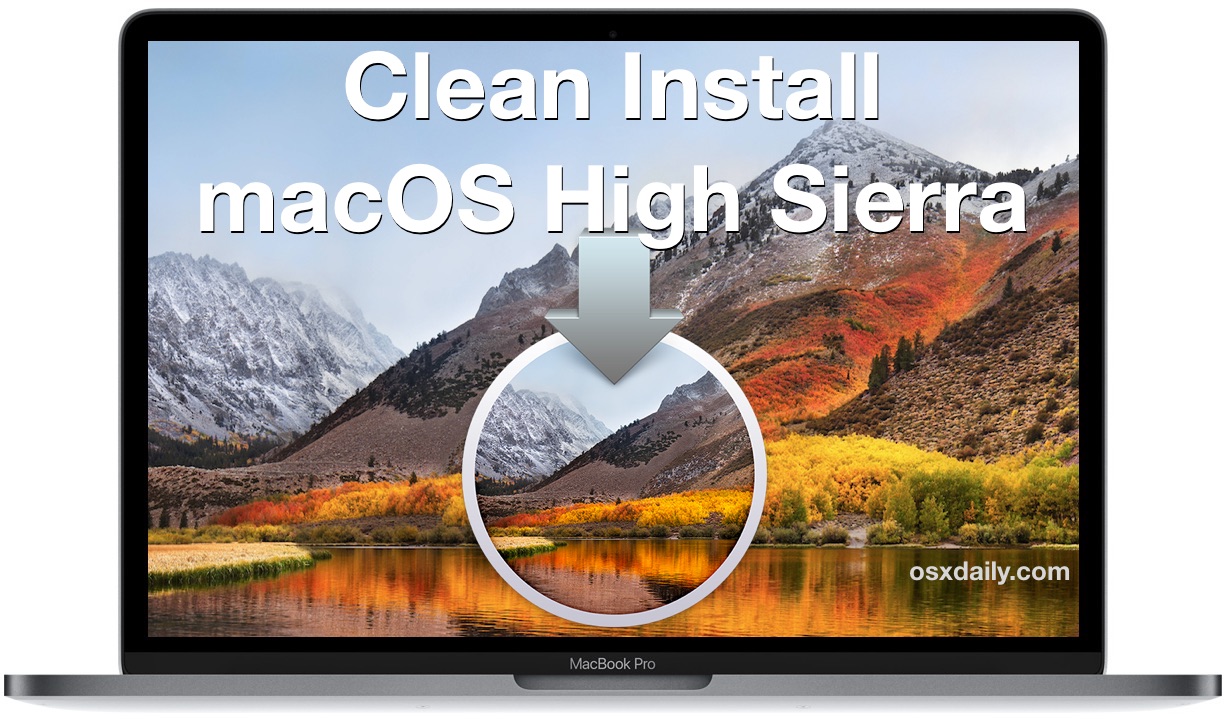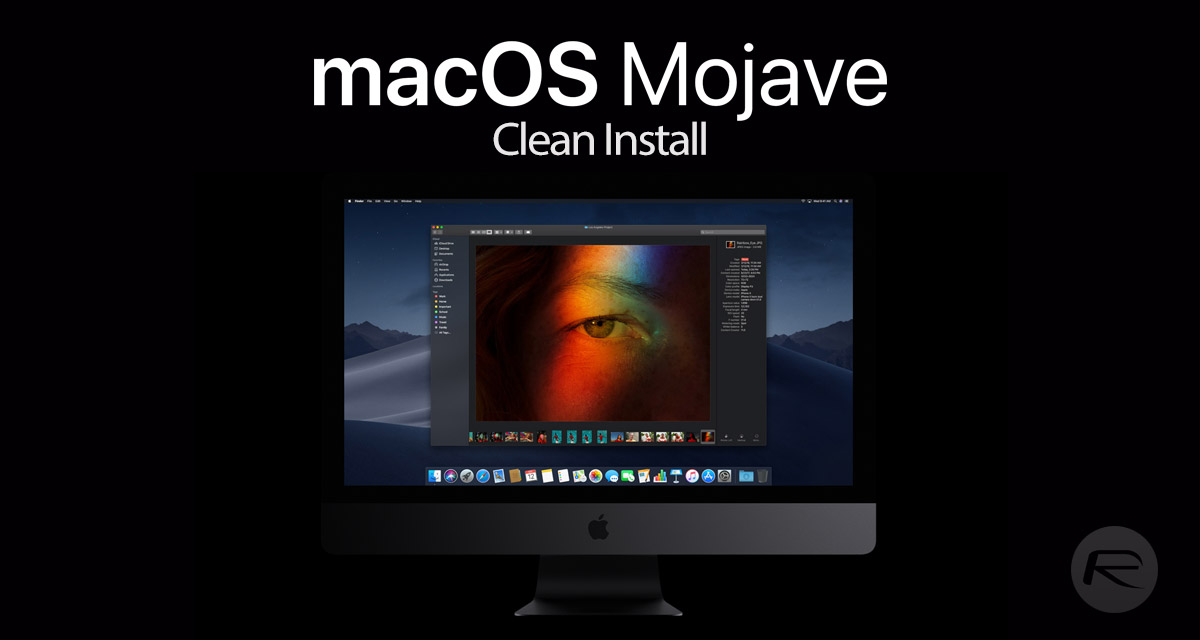
- Clean install macos monterey how to#
- Clean install macos monterey install#
- Clean install macos monterey update#
Clean install macos monterey install#
(after that i want to do a clean install again) When I try to uninstall via.
Clean install macos monterey how to#
This tutorial explained you to how to install NVM and node.js on the macOS system. Windows 11 and MacOS Monterey are not supported for dbRAS yet: Apple macOS. Similarly, you can install other versions like Node 12, 15, and 18 versions and switch between them. To set the node 14.X as default version, simply use: nvm use 14 If you have installed multiple versions on your system, you can set any version as the default version any time. nvm install node # Installing Latest version nvm install 14 # Installing Node.js 14.X versionĪfter installing you can verify what is installed with: nvm ls You can also use aliases names like node for latest version, lts for latest LTS version, etc. Now, you can install any version listed in above output. To see available versions, type: nvm ls-remote Erase Content and Settings in macOS Monterey and Later If your Mac is. Step 3 – Install Node.js with NVMįirst of all, see what Node versions are available to install. This process wipes the system clean and allows you or the Macs new owner to set. Go to next step to install Node.js versions with the help of nvm. Then boot from Recovery and erase and reinstall which will download and install Monterey. This will put Monterey Recovery and Firmware on your machine.
Clean install macos monterey update#
The NVM has been installed on your macOS system. Let a normal software update install takes place. From the next login, it will automatically loaded. In the Disk Utility screen, click on View > Show All Devices. 2TB SSD, macOS Monterey 12.6.6 12 Good luck, Lisa Ian. Next, load the variable to the current shell environment. If youre referring to doing a clean install of Monterey on your M1 MacBook Air, the procedure is different from that of an Intel Mac. Press ESC + :wq to save and close your file.

Edit the following configuration file in your home directory vim ~/.bash_profileĪnd, add the below lines to ~/.bash_profile ( or ~/.zshrc for macOS Catalina or newer versions) Now, configure the required environment variables. Next, create a directory for NVM at home. Update the Homebrew package list and install NVM. Now, your system is ready for the installation. In the sidebar, click on Recommendations. brew uninstall -ignore-dependencies node brew uninstall -force node Step 2 – Install NVM on macOS To manage your storage, follow these steps: Click on the Apple menu and Select About This Mac. My system already has installed node via Homebrew. If your system already has a node installed, uninstall it first. Login to the macOS desktop system and install Homebrew on your system (if not already installed) ruby -e "$(curl -fsSL )"įor more instruction visit Homebrew installation tutorial.

Just replace the MyVolume portion of the commands below with the name you gave your drive in the Disk Utility step above. A machine with a clean install of macOS Catalina or Big Sur.

You must have macOS desktop access with administrator privileges. Terminal offers the easiest way to create your bootable USB drive to install macOS. A brand new machine already set to macOS Catalina or Big Sur. This tutorial helps you to install NVM on your macOS system and manage Node.js versions.


 0 kommentar(er)
0 kommentar(er)
